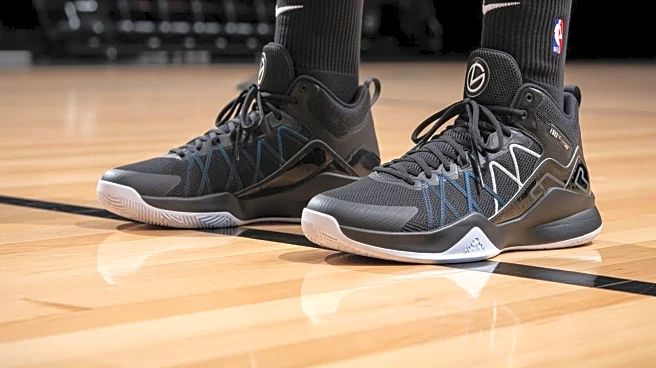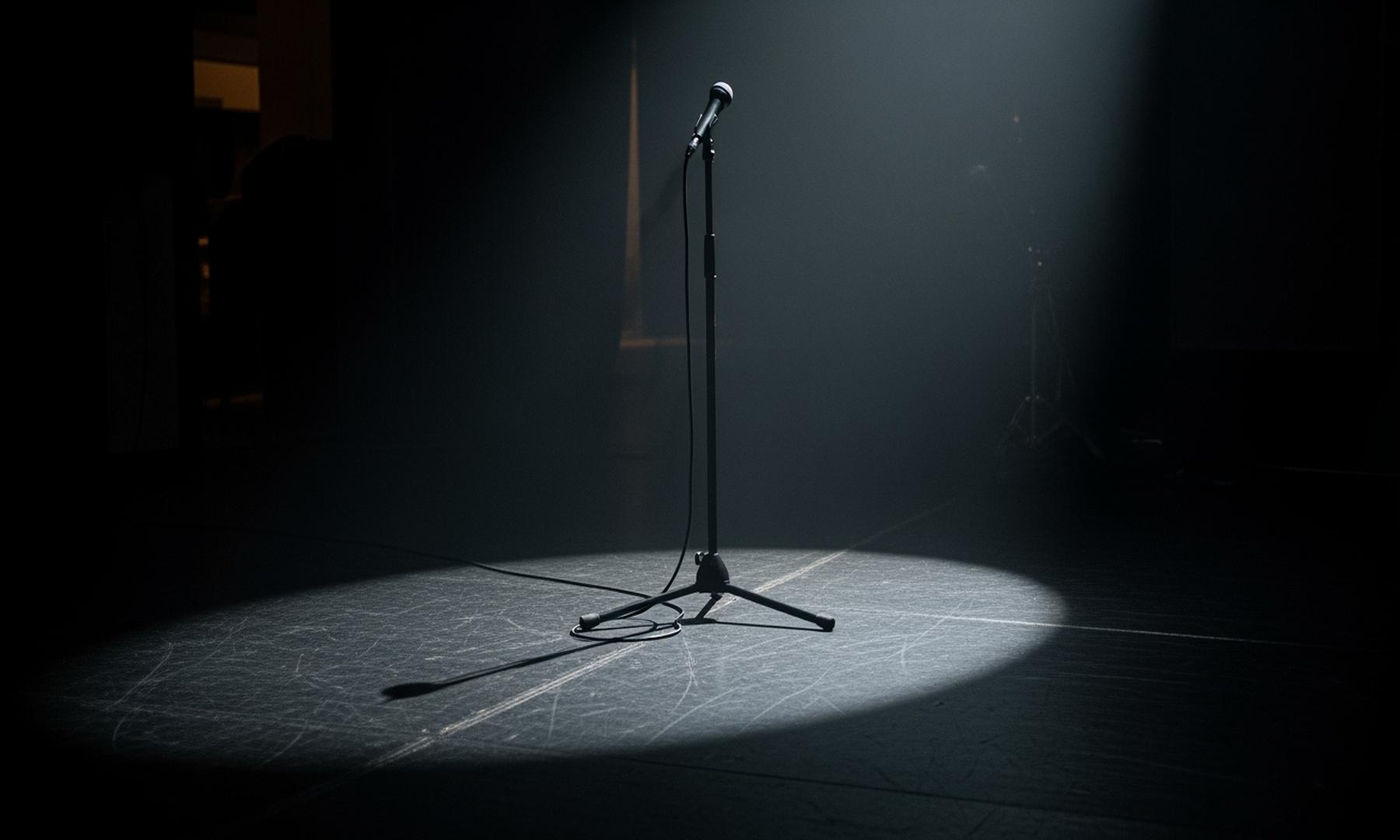What's Happening?
The Boston Celtics have officially converted Ron Harper Jr.'s Exhibit 10 contract to a two-way deal, as confirmed by NBA.com's transaction log. Harper, a 6'6" forward, spent the majority of last season
in the NBA G League, where he averaged 16.2 points, 3.9 rebounds, 2.2 assists, and 0.9 steals per game. He played for the Motor City Cruise and Maine Celtics, shooting 38.6% from three-point range on high volume. Harper has participated in three preseason games with the Celtics, averaging 4.3 points, 1.0 assists, and 0.7 rebounds per game. This conversion allows Harper to split his time between the NBA and the G League, providing him with more opportunities to develop his skills.
Why It's Important?
The conversion of Ron Harper Jr.'s contract to a two-way deal is significant for both the player and the Celtics. For Harper, it offers a chance to gain more experience in the NBA while continuing to develop in the G League. This arrangement can be beneficial for his career growth, as it provides exposure to higher-level competition and coaching. For the Celtics, having Harper on a two-way contract adds depth to their roster, allowing them to utilize his skills as needed throughout the season. It also reflects the team's strategy of investing in young talent and developing players within their system.
What's Next?
With the two-way contract in place, Ron Harper Jr. will likely continue to split his time between the Celtics and their G League affiliate, the Maine Celtics. This setup will enable him to gain valuable playing time and experience, which could lead to more opportunities in the NBA. The Celtics will monitor his progress closely, assessing his performance and potential for future contributions to the team. Harper's development will be crucial as the Celtics aim to strengthen their roster and compete effectively in the upcoming season.
Beyond the Headlines
The decision to convert Harper's contract highlights the NBA's evolving approach to player development, emphasizing the importance of the G League as a platform for nurturing talent. This move underscores the league's commitment to providing young players with pathways to success, balancing immediate team needs with long-term player growth. It also reflects broader trends in professional sports, where teams increasingly focus on building sustainable talent pipelines.











